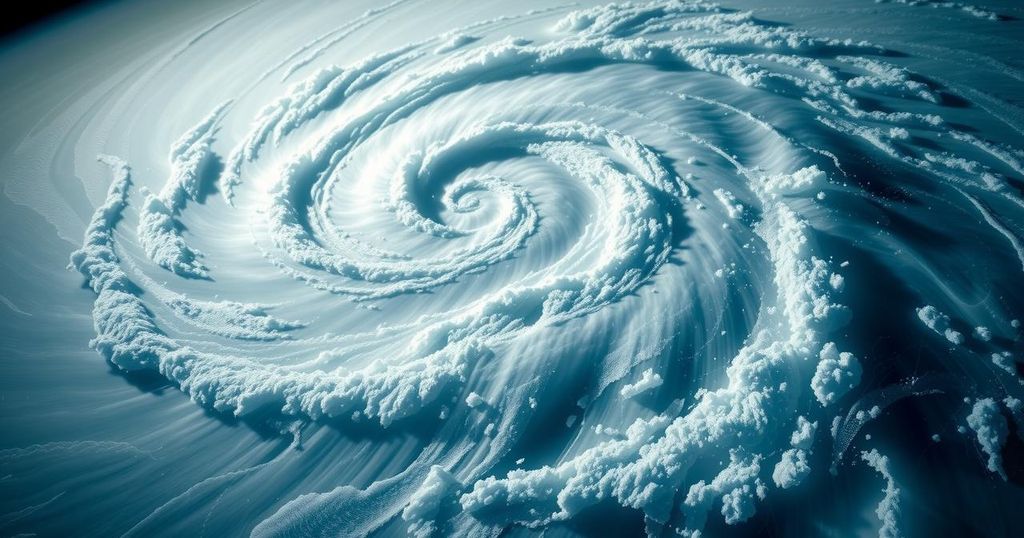Understanding the Formation and Impact of Hurricanes

Hurricanes, or tropical cyclones, form when tropical waves encounter warm ocean waters, creating low pressure systems that drive the upward movement of moist air. The process involves energy transfer and cloud formation, ultimately leading to a swirling storm driven by the Coriolis effect. Upon reaching land, hurricanes can unleash devastating weather conditions. Understanding their formation is critical for disaster preparedness.
Hurricanes, officially referred to as tropical cyclones, rank among nature’s most powerful storms, drawing energy primarily from warm ocean waters. The formation of these awe-inspiring phenomena necessitates a combination of specific atmospheric conditions. Initially, the process begins with a tropical wave, which is an area of low atmospheric pressure that typically travels westward from the African coast, often resulting from the clash of hot air from the Sahara and cooler air from central Africa, occasionally accompanied by thunderstorms.
As these tropical waves traverse warm ocean waters reaching at least 26.5°C (approximately 80°F), they induce rising warm, moist air, leading to a reduction of air pressure at the surface. This disparity in pressure causes air from surrounding areas of higher pressure to rush in, becoming buoyant and moist as well, creating a cycle of rising air. This upward movement of moisture eventually cools and condenses, forming clouds. This process, which releases heat, amplifies the storm. Continuous cycles of this process lead to the development of towering cumulonimbus clouds.
The spin of hurricanes is attributable to the Coriolis effect, a phenomenon resulting from Earth’s rotation. Winds are deflected differently based on their location relative to the equator, leading to a swirling motion where winds converge and generate rotation. Consequently, hurricanes spin counterclockwise in the Northern Hemisphere and clockwise in the Southern Hemisphere, with an eye at the center of the storm.
While hurricanes maintain their tropical nature, being fueled by warm waters, they can exhibit remarkable strength and speed. Upon making landfall, they can bring devastating rainfall, uproot trees, and cause dangerous storm surges. Ultimately, the absence of warm ocean water leads to a gradual decline in the hurricane’s intensity until the storm dissipates completely.
Hurricanes, also known as tropical cyclones in various regions, are a significant aspect of Earth’s weather system, particularly in tropical and subtropical regions. Their formation is influenced by several meteorological phenomena, including warm ocean temperatures, humidity, and prevailing wind patterns. Understanding the birth and development of hurricanes provides essential insights into their destructive potential and the mechanisms of climate-related events, thereby aiding in preparedness and response strategies.
In summary, hurricanes are formidable storms arising from a unique combination of warm ocean waters, atmospheric pressure variations, and the Coriolis effect. Their development begins with tropical waves that undergo cycles of rising warm, moist air, leading to the formation of powerful wind systems. The impact of hurricanes can be catastrophic upon landfall, emphasizing the importance of continued study and monitoring of these natural events to mitigate their effects on human life and infrastructure.
Original Source: www.pbs.org






